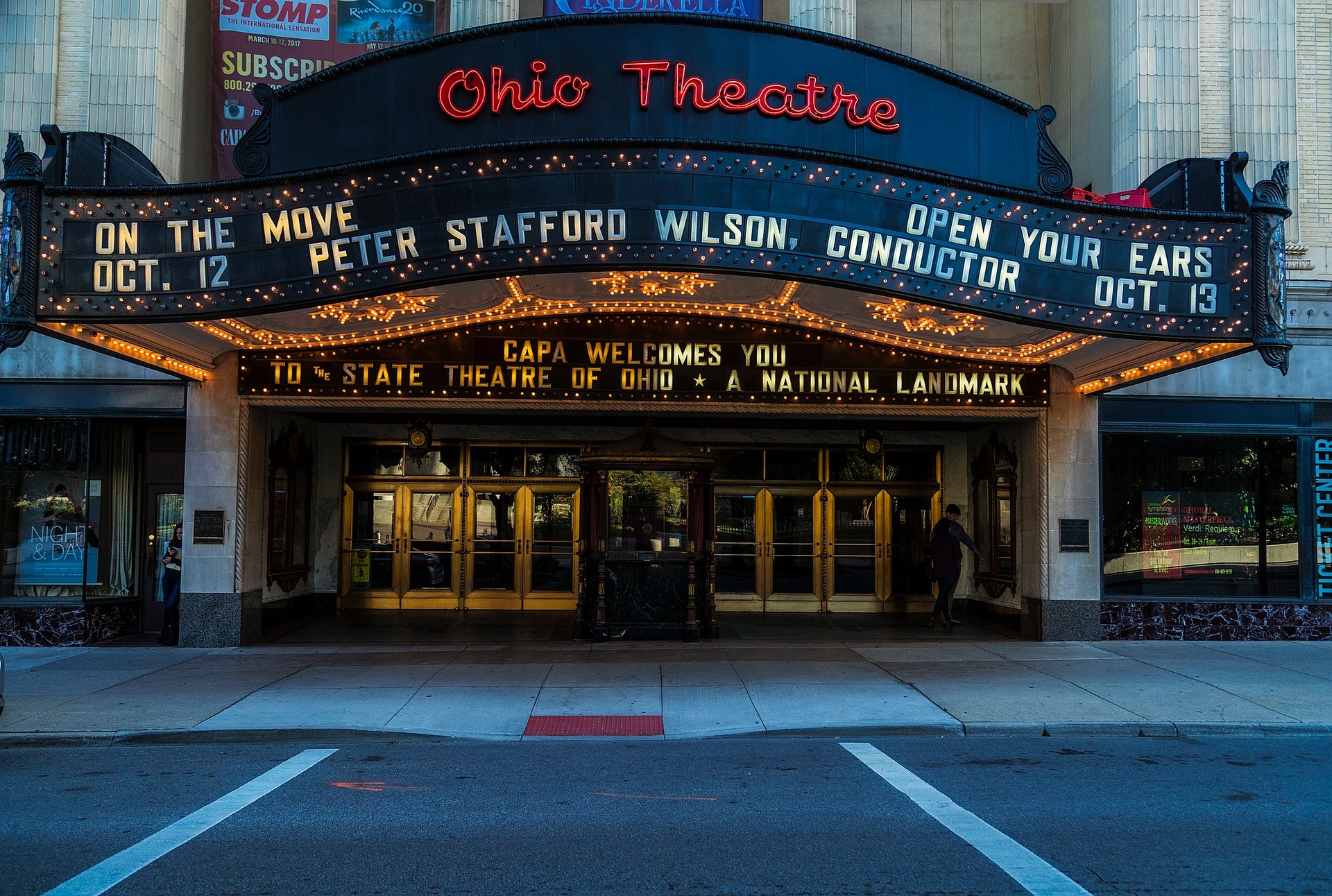Reeling Back the Years: The Resurgence of Analog Film in the Digital Age
The digital age swept in with a torrent of advancements, revolutionizing the way we capture and consume visual content. However, amidst the pixel-perfect precision and convenience of digital media, a nostalgic charm lingers. A growing number of artists and enthusiasts are gravitating towards the grainy warmth of analog film, sparking a resurgence in the art of traditional film photography and cinema.

A Graceful Dance with History
The birth of photography in the mid-19th century heralded a new era of visual storytelling. With the advent of film, artists could capture and convey narratives, emotions, and events like never before. The grainy texture and the unique color palette of film became synonymous with authenticity and warmth, creating an aesthetic that digital technology has struggled to replicate.
The advent of digital technologies in the late 20th and early 21st centuries, however, threatened to make film obsolete. With the ability to shoot, edit, and distribute pictures and videos at the touch of a button, digital media offered convenience and cost-effectiveness that film couldn’t match. Yet, film has managed not only to survive but also to experience a renaissance.
Film’s Modern-Day Comeback
In recent years, the analog film has been making a comeback. The sales of film cameras and rolls have seen a significant spike, with major film manufacturers such as Kodak and Fujifilm reporting increased demand. The revival isn’t merely a nostalgic fad; it’s a counter-movement against the homogenizing effect of digital technology.
The return of film is particularly noticeable in the world of cinema. Directors such as Quentin Tarantino, Christopher Nolan, and Paul Thomas Anderson have been vocal advocates for the medium, insisting on shooting their films on celluloid. Their belief lies in the inherent warmth and texture that film brings, contributing to a deeper, more immersive cinematic experience.
The Impact and Significance of Film’s Resurgence
The resurgence of analog film points to a broader societal trend: a desire to reconnect with the tangible in a world increasingly dominated by the intangible. As our lives become more digitized, there’s a growing yearning for things that can be held, touched, and experienced in a physical sense.
Furthermore, the film’s revival is redefining the art of photography and filmmaking. Digital technology, with its tendency to perfect and polish, often distances us from the raw, gritty reality. The film, with its grain and unpredictability, forces us to embrace imperfections, thus bringing us closer to the truth.
The Reception and Future of the Film Revival
The film’s resurgence has been met with enthusiasm and excitement, particularly among those who value the depth and richness of analog imagery. Many contemporary artists and filmmakers are incorporating film into their work, while film festivals and galleries dedicated to analog art are cropping up around the globe.
As we move forward, the future of film remains bright. Despite the convenience of digital, the allure of the analog isn’t fading away. As a society, our relationship with technology is becoming more complex and nuanced, and the film’s resurgence is a testament to this evolving dynamic.
In conclusion, the re-emergence of film in the digital age is a fascinating phenomenon, reflecting our collective desire for authenticity and tangibility. As the digital world continues to expand, it’s likely that our appreciation for the analog will only grow, ensuring that film continues to play a vital role in our visual culture.




